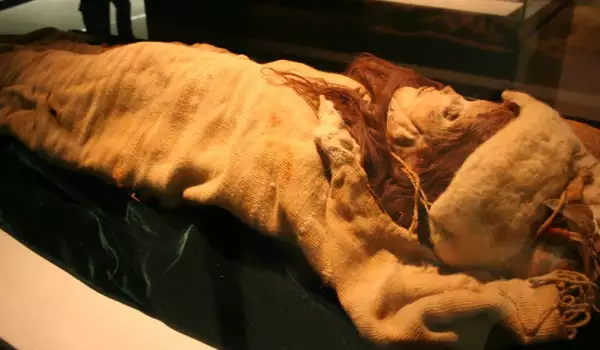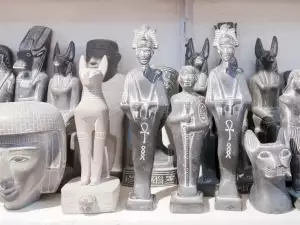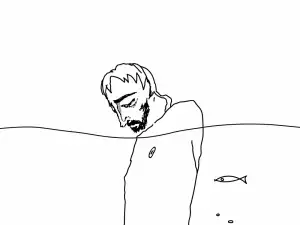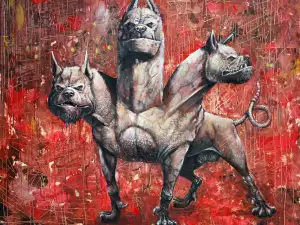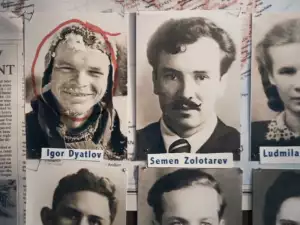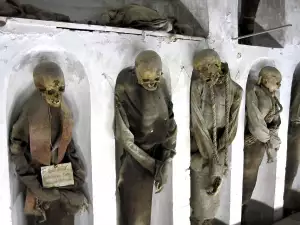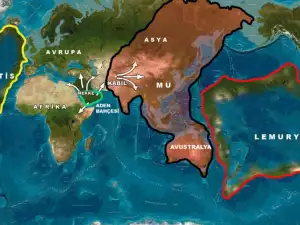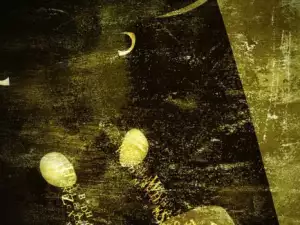The mummies of the Tarim Valley, or mummies of Xinjiang, are very mystical and shrouded in mystery. They were found at the foot of Shay Tian in China. The big mystery is that some of them date back 4, 000 years, but then in this area there were no Europeans. However, it appears that there was some, because a few of the bodies of the mummies are certainly Caucasians.
Furthermore, the techniques are similar to burial practices in some European countries. Reconstructions show that some people had blue eyes and blonde hair, and their height coincides with that of the European race. They were not rulers and were not buried in pyramids or similar facilities.
The first mystery mummy was discovered in 1978. To today, over 100 have been discovered. Another interesting fact is that mummies are very well preserved. Interestingly, it is believed that the people there had not practiced mummification. The place where the bodies were found was in the Taklimakan desert.
Hot air and the soil help the body to break down more slowly and this is the reason that some of the bodies are extremely reserved, rivalling even the Egyptian mummies.
The other thing that is interesting is the clothing of these people. One of the mummies has a red robe with gold embroidery and a gold mask. There are other mummies with European clothing too.
Researchers managed to decipher a number of facts about these people. This is largely due to the work of Dr. Victor Mair, the man who discovered and informed the public about these mummies.
It is known that they were riding horses, used chariots and possessed medical knowledge. One of the mummies has a surgical wound in the neck, which was sewn up. Why they were buried in the desert is very puzzling question. There is speculation that these were groups that just passed this way. This would explain their European origin.
Many scientists are convinced that the mummies in this region are the first white race to have inhabited the area. If this is true, it means that Western man was present in this area much earlier than previously believed.
